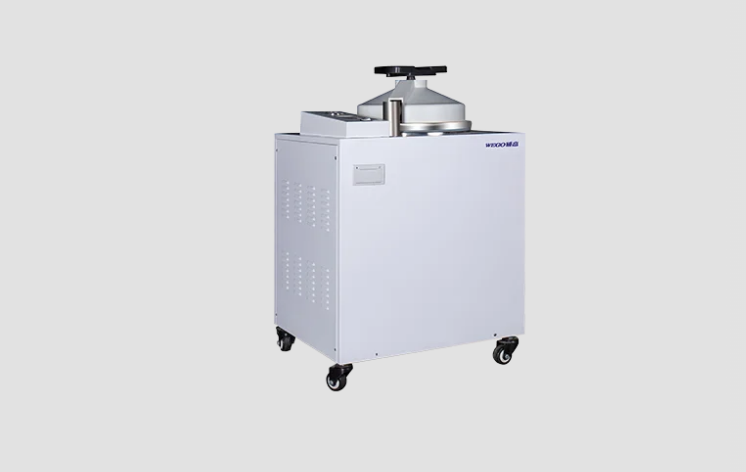In the realm of medical and laboratory settings, the autoclave machine serves as an indispensable tool for sterilization. These machines utilize high-pressure steam to eliminate microorganisms, ensuring that medical instruments and laboratory equipment are safe for use. Understanding the functionality and importance of an autoclave machine is crucial for businesses operating in healthcare, research, and other sectors where hygiene is paramount.
The Functionality of an Autoclave Machine
An autoclave machine operates by heating water to generate steam, which is then introduced into a sealed chamber. This process not only raises the temperature but also increases the pressure, making it possible to achieve sterilization at a lower temperature than boiling water. The effectiveness of an autoclave machine lies in its ability to reach temperatures of up to 134 degrees Celsius (273 degrees Fahrenheit) under pressure, which is necessary to destroy resistant bacterial spores and viruses.
The cycle of an autoclave machine typically consists of three phases: the heating phase, the sterilization phase, and the drying phase. During the heating phase, the autoclave machine fills its chamber with steam, raising the temperature. The sterilization phase is when the temperature is maintained for a specified duration to ensure that all contaminants are effectively eradicated. Finally, the drying phase involves the removal of steam to ensure that sterilized items are dry and ready for use.
The versatility of an autoclave machine allows it to be used across various fields, including dental practices, veterinary clinics, and laboratories. Its role in ensuring the safety of instruments and preventing cross-contamination cannot be overstated, making it a critical component of any facility that prioritizes hygiene and patient safety.
Advantages of Using an Autoclave Machine
There are several advantages to using an autoclave machine in business operations. First and foremost, the reliability of steam sterilization processes is well-documented, making it a trusted method for ensuring that equipment is free from harmful pathogens. This reliability contributes to the overall safety of patients and staff in medical facilities.
Additionally, modern autoclave machines, such as those featuring advanced microcomputer control systems, offer user-friendly interfaces that simplify operation. These machines often come equipped with integrated printers for recording sterilization cycles, providing essential documentation for regulatory compliance. Furthermore, the inclusion of built-in vacuum pumps and drying systems enhances the efficiency of the sterilization process, ensuring that items are not only sterilized but also dried effectively.
In a business context, the investment in a high-quality autoclave machine pays dividends by improving operational efficiency and ensuring compliance with health regulations. As a result, facilities can maintain high standards of cleanliness and safety, which is crucial for their reputation and success.
Ensuring Safety and Compliance in Medical Facilities
In conclusion, understanding the role of an autoclave machine is vital for businesses in the medical and laboratory sectors. The efficient sterilization process provided by these machines not only protects patients and staff but also supports compliance with health regulations. For organizations looking to enhance their sterilization capabilities, considering advanced options like the WEGO Medical autoclave machine can be a significant step forward in maintaining a safe and compliant environment.



